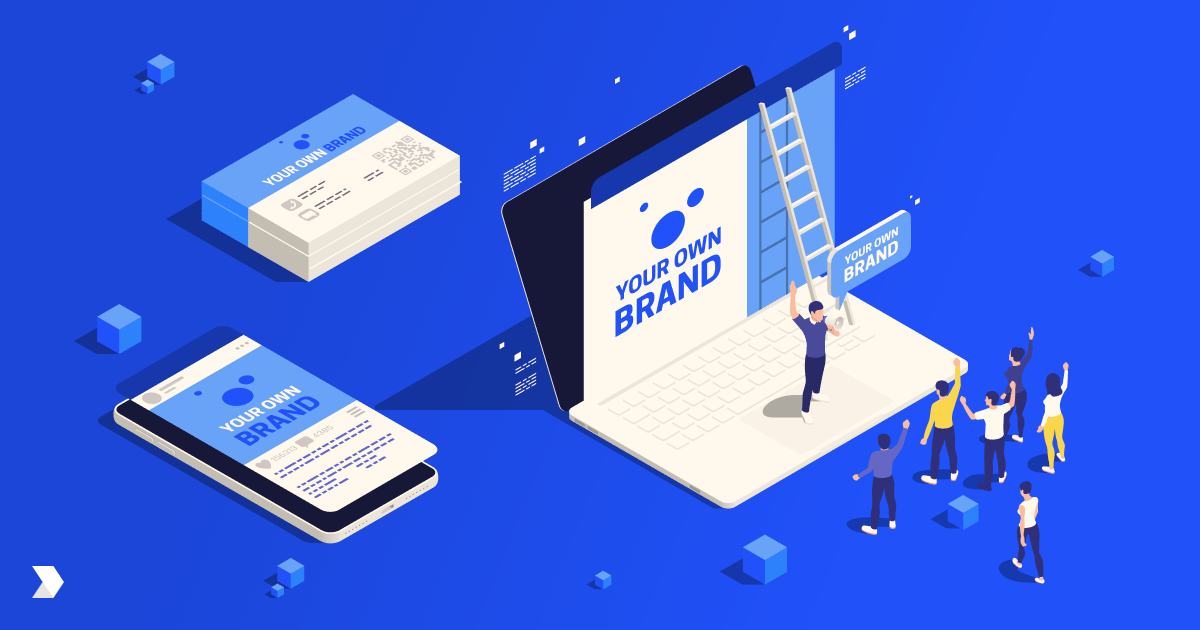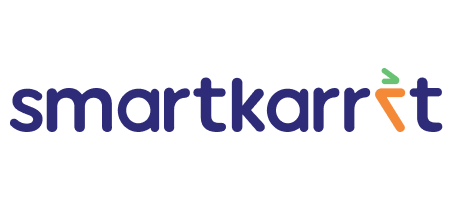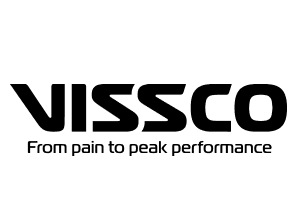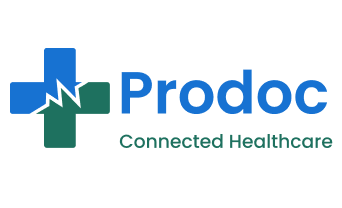Process of creating a unique and distinct identity for a product, service, company, or individual. Personal Branding encompasses various elements that work together to establish a recognizable and cohesive brand identity.
1. Brand Identity: This includes the visual aspects of a brand, such as a logo, color palette, typography, and overall design elements.
2. Brand Positioning: This involves defining the unique value proposition and positioning of the brand concerning its target audience and competitors. It determines how the brand is perceived in the market and highlights its key attributes and benefits.
3. Brand Messaging: This refers to the verbal communication and messaging strategy associated with the brand. It includes the brand’s tagline, mission statement, brand voice, and key messages that effectively convey the brand’s values, personality, and benefits.
4. Brand Experience: It encompasses the overall experience customers have when interacting with the brand, including the product or service itself, customer service, packaging, website, physical stores, and other touchpoints. A positive and consistent brand experience helps build trust, loyalty, and emotional connections with customers.
5. Brand Awareness: This represents the level of recognition and familiarity a brand has among its target audience. Building brand awareness involves various marketing activities and initiatives to increase visibility and reach, such as advertising, content marketing, social media presence, and public relations.
6. Brand Equity: Brand equity is the intangible value and perception associated with a brand. It reflects the overall strength and reputation of the brand, customer loyalty, and the ability to command premium pricing or influence purchasing decisions.
Personal Branding on social media
1. Identity and Values: Defining who you are as an individual, your core values, and what you stand for. This helps shape your brand’s foundation and informs the messages and images you want to convey.
2. Expertise and Skills: Identifying your areas of expertise, skills, knowledge, and unique perspectives. Highlighting your strengths and positioning yourself as an authority in a particular field or industry can set you apart from others.
3. Personal Story and Narrative: Sharing your personal story, experiences, and journey can create a connection with your audience. It helps humanize your brand and allows others to relate to you on a deeper level.
4. Online Presence: Developing a strong online presence across various platforms, such as social media, personal websites, blogs, and professional networks. Consistently maintaining and curating your online profiles helps establish your personal brand and allows you to engage with your audience.
5. Content Creation: Creating and sharing valuable content related to your expertise and interests. This can be in the form of articles, blog posts, videos, podcasts, or social media updates. By providing insights, sharing knowledge, and showcasing your expertise, you establish yourself as a thought leader in your field.
The ultimate goal of branding is to create a strong and positive association with the brand in the minds of customers. A well-executed branding strategy can differentiate a brand from its competitors, establish emotional connections with customers, enhance customer loyalty, and drive long-term business success.











